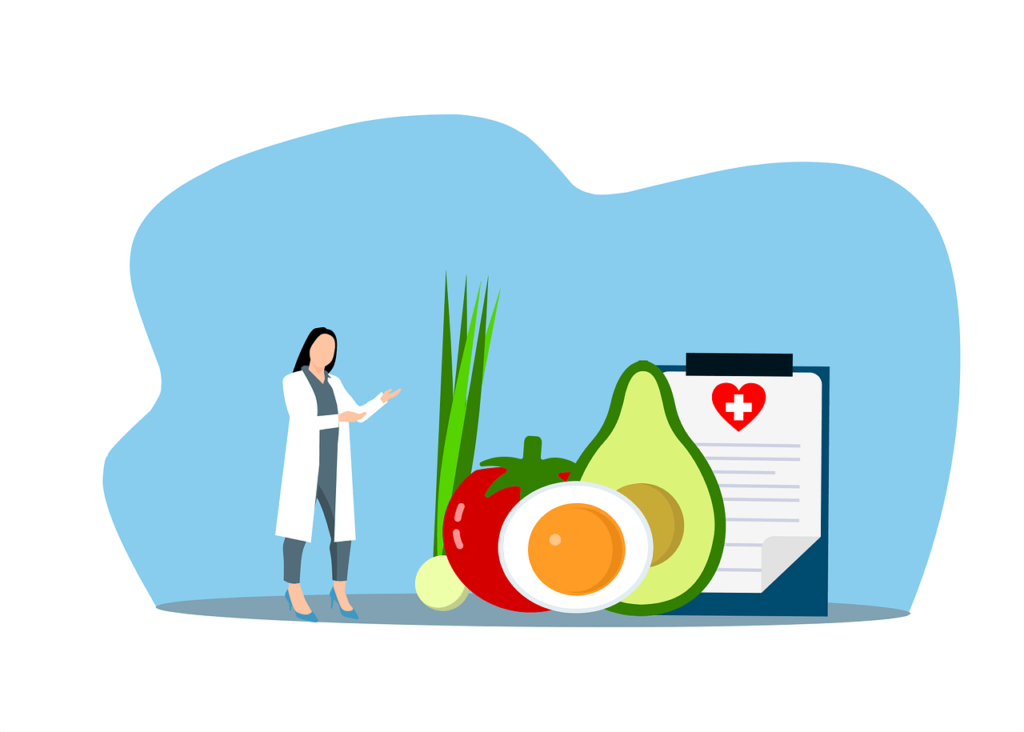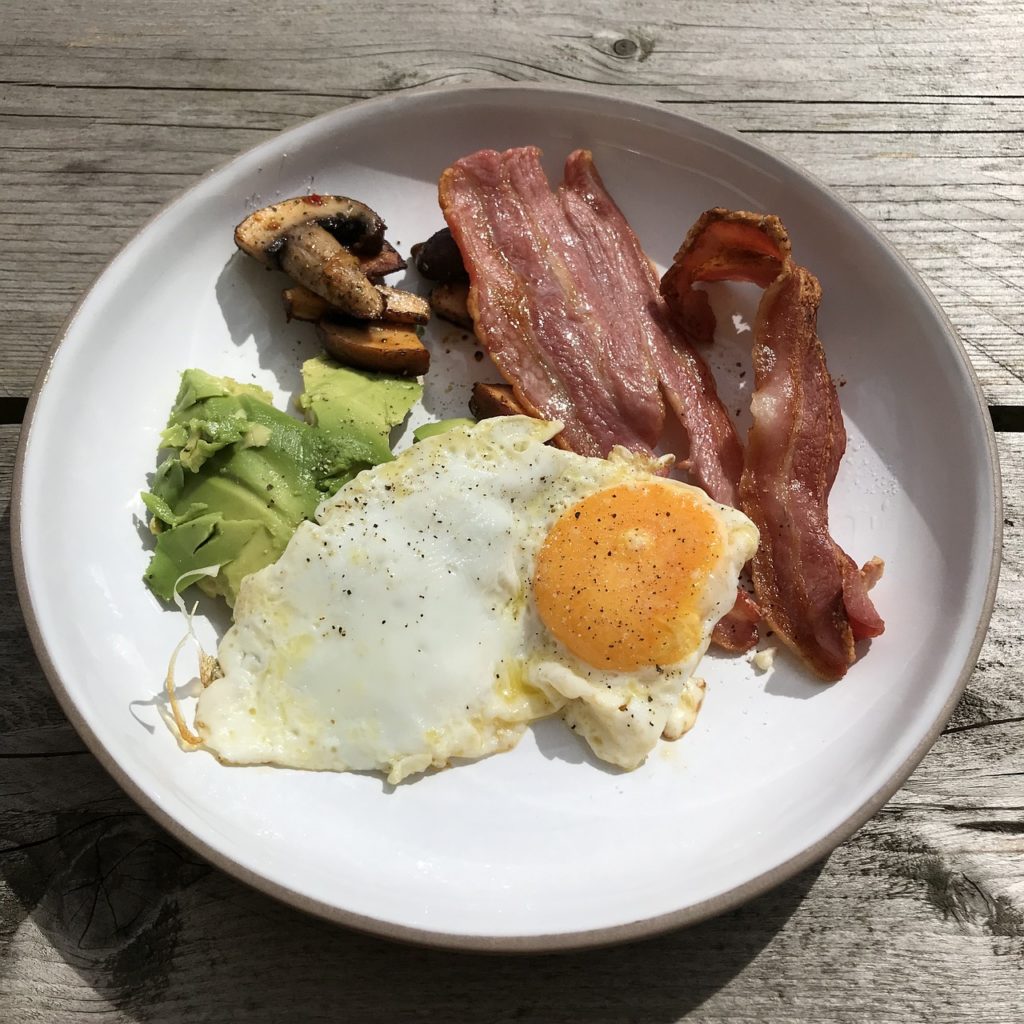Are You Interested in Starting the Keto Diet?
So, you’re considering starting the keto diet. That’s great! The keto diet, short for ketogenic diet, is a high-fat, low-carb eating plan that has gained popularity in recent years for its potential health benefits and weight loss results. But before you jump in, it’s essential to familiarize yourself with the types of foods you can eat on the keto diet.

This image is property of pixabay.com.
What Exactly is the Keto Diet?
The keto diet is a low-carb, high-fat diet that involves drastically reducing your carbohydrate intake and replacing it with healthy fats. By reducing carbs and increasing fats, your body enters a state of ketosis, where it burns fat for fuel instead of carbohydrates. This metabolic state can lead to increased weight loss, improved energy levels, and other health benefits.
What Foods Can You Eat on the Keto Diet?
When following the keto diet, it’s important to focus on foods that are low in carbs, moderate in protein, and high in healthy fats. Here is a breakdown of the different food groups you can enjoy on the keto diet:
Low-Carb Vegetables
Low-carb vegetables are a crucial component of the keto diet as they provide essential vitamins, minerals, and fiber without the excess carbs. Some examples of low-carb vegetables include:
- Spinach
- Kale
- Broccoli
- Cauliflower
- Zucchini
- Green beans
These vegetables can be eaten raw, steamed, or cooked in butter or olive oil to add flavor and healthy fats to your meals.
High-Quality Proteins
Protein is an essential macronutrient that plays a key role in muscle repair, energy production, and satiety. When following the keto diet, opt for high-quality proteins such as:
- Beef
- Chicken
- Turkey
- Salmon
- Eggs
- Tofu
Incorporate a variety of these protein sources into your meals to ensure you are getting an adequate amount of protein while keeping your carb intake low.
Healthy Fats
Healthy fats are a cornerstone of the keto diet since they provide a major source of energy and help keep you feeling full and satisfied. Include the following sources of healthy fats in your keto meal plan:
- Avocado
- Olive oil
- Coconut oil
- Butter
- Nuts and seeds
- Cheese
Adding these healthy fats to your meals can help you reach your daily fat intake goals while keeping your carbs in check.
Foods to Avoid on the Keto Diet
While there are many delicious foods you can enjoy on the keto diet, there are also some foods you should avoid. These high-carb foods can kick you out of ketosis and hinder your progress on the keto diet. Here are some examples of foods to steer clear of on the keto diet:
Sugary Foods and Drinks
Sugary foods and drinks are high in carbohydrates and can quickly sabotage your efforts to stay in ketosis. Avoid foods such as:
- Candy
- Soda
- Pastries
- Ice cream
- Fruit juice
Replace these high-sugar options with sugar-free alternatives or fresh fruits in moderation on the keto diet.
Grains and Starches
Grains and starches are packed with carbs, making them unsuitable for the keto diet. Avoid foods such as:
- Bread
- Pasta
- Rice
- Cereal
- Potatoes
Opt for low-carb alternatives like cauliflower rice or spiralized zucchini noodles to satisfy your cravings while staying in ketosis.
Processed Foods
Processed foods are often loaded with hidden sugars and unhealthy fats, making them a poor choice for the keto diet. Steer clear of foods like:
- Chips
- Crackers
- Frozen meals
- Instant noodles
- Fast food
Instead, focus on whole, unprocessed foods like lean proteins, vegetables, and healthy fats to fuel your body on the keto diet.
The Importance of Meal Planning on the Keto Diet
Meal planning is a crucial aspect of success on the keto diet. By preparing your meals in advance, you can ensure that you have a variety of keto-friendly options on hand and avoid the temptation of reaching for high-carb foods. Here are some tips for effective meal planning on the keto diet:
Plan Your Meals in Advance
Take some time each week to plan out your meals for the upcoming days. This can help you stay on track with your keto goals and avoid making impulsive food choices.
Batch Cook and Prep Ingredients
Spend a few hours on the weekend preparing and cooking ingredients that you can use throughout the week. This can save you time and make it easier to throw together a quick keto meal when you’re busy.
Stock Up on Keto Essentials
Keep your pantry and fridge stocked with keto-approved foods so that you always have something to eat. Having a variety of low-carb options on hand can make meal planning a breeze.
Be Flexible and Creative
Don’t be afraid to get creative in the kitchen and try out new recipes and meal ideas. The keto diet doesn’t have to be boring, and there are plenty of delicious ways to enjoy your favorite foods in a low-carb way.

This image is property of pixabay.com.
Example Keto Diet Meal Plan
To give you an idea of what a typical day of eating on the keto diet might look like, here is an example meal plan to get you started:
Breakfast
- Scrambled eggs with spinach and feta cheese
- Avocado slices
- Bulletproof coffee made with coffee, MCT oil, and butter
Lunch
- Grilled chicken Caesar salad with homemade dressing
- Cherry tomatoes
- Cucumber slices
Dinner
- Baked salmon with lemon butter sauce
- Roasted asparagus
- Cauliflower mashed “potatoes”
Snacks
- Mixed nuts
- Cheese slices
- Celery sticks with almond butter
Remember, this is just a sample meal plan, and there are countless ways to customize your keto diet to suit your preferences and needs. Experiment with different recipes and ingredients to find what works best for you.
Tracking Your Progress on the Keto Diet
Tracking your progress on the keto diet can help you stay accountable and make adjustments to your meal plan as needed. Here are some ways to track your progress on the keto diet:
Keep a Food Journal
Writing down everything you eat and drink can help you stay mindful of your food choices and portion sizes. This can be especially helpful if you’re new to the keto diet and still learning which foods are low in carbs.
Use a Tracking App
There are many apps available that can help you track your macronutrient intake and ensure you are staying within your keto goals. These apps can also provide valuable insights into your eating habits and help you make informed decisions about your diet.
Take Progress Photos
Snap a few photos of yourself at the beginning of your keto journey and periodically throughout your progress. Seeing visible changes in your body can be a great motivator to keep going and reach your health and weight loss goals.
Monitor Your Energy Levels
Pay attention to how you feel throughout the day and whether you are experiencing any changes in energy levels, mood, or overall well-being. The keto diet can affect everyone differently, so listen to your body and adjust your diet accordingly.

This image is property of pixabay.com.
Making the Keto Diet Sustainable
While the keto diet can be an effective way to lose weight and improve your health, it’s essential to make sure it is sustainable for the long term. Here are some tips for making the keto diet a sustainable lifestyle choice:
Focus on Whole, Nutrient-Dense Foods
Prioritize whole, nutrient-dense foods like lean proteins, vegetables, and healthy fats to ensure you are getting all the essential nutrients your body needs. Avoid relying on processed keto-friendly products that may lack nutritional value.
Practice Mindful Eating
Pay attention to your hunger cues and eat when you are truly hungry, rather than out of boredom or emotion. Mindful eating can help you develop a healthier relationship with food and prevent overeating on the keto diet.
Allow for Flexibility
While the keto diet has specific guidelines, it’s essential to allow yourself some flexibility and indulge in your favorite foods occasionally. Maintaining a healthy balance is key to long-term success on the keto diet.
Stay Active
Regular physical activity is an important component of any healthy lifestyle, including the keto diet. Aim to incorporate exercise into your routine to boost your energy levels, improve your mood, and support your weight loss goals.
Conclusion
In conclusion, the keto diet can be a highly effective way to achieve your health and weight loss goals when done correctly. By focusing on low-carb vegetables, high-quality proteins, and healthy fats, you can create a balanced and satisfying meal plan that keeps you in ketosis and feeling your best. With proper meal planning, tracking your progress, and making the diet sustainable for the long term, you can reap the many benefits of the keto diet and transform your health and well-being. So, are you ready to embark on your keto journey and discover a new way of eating that works for you?


